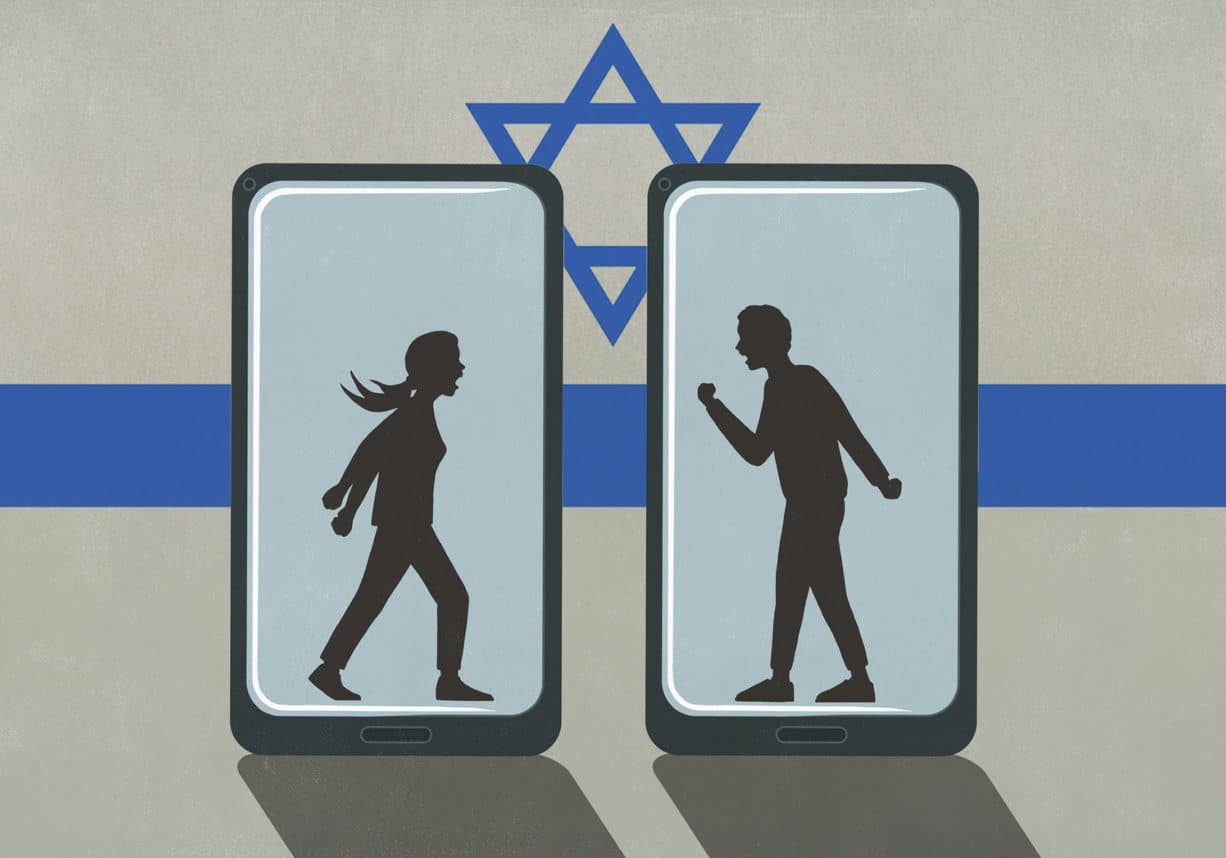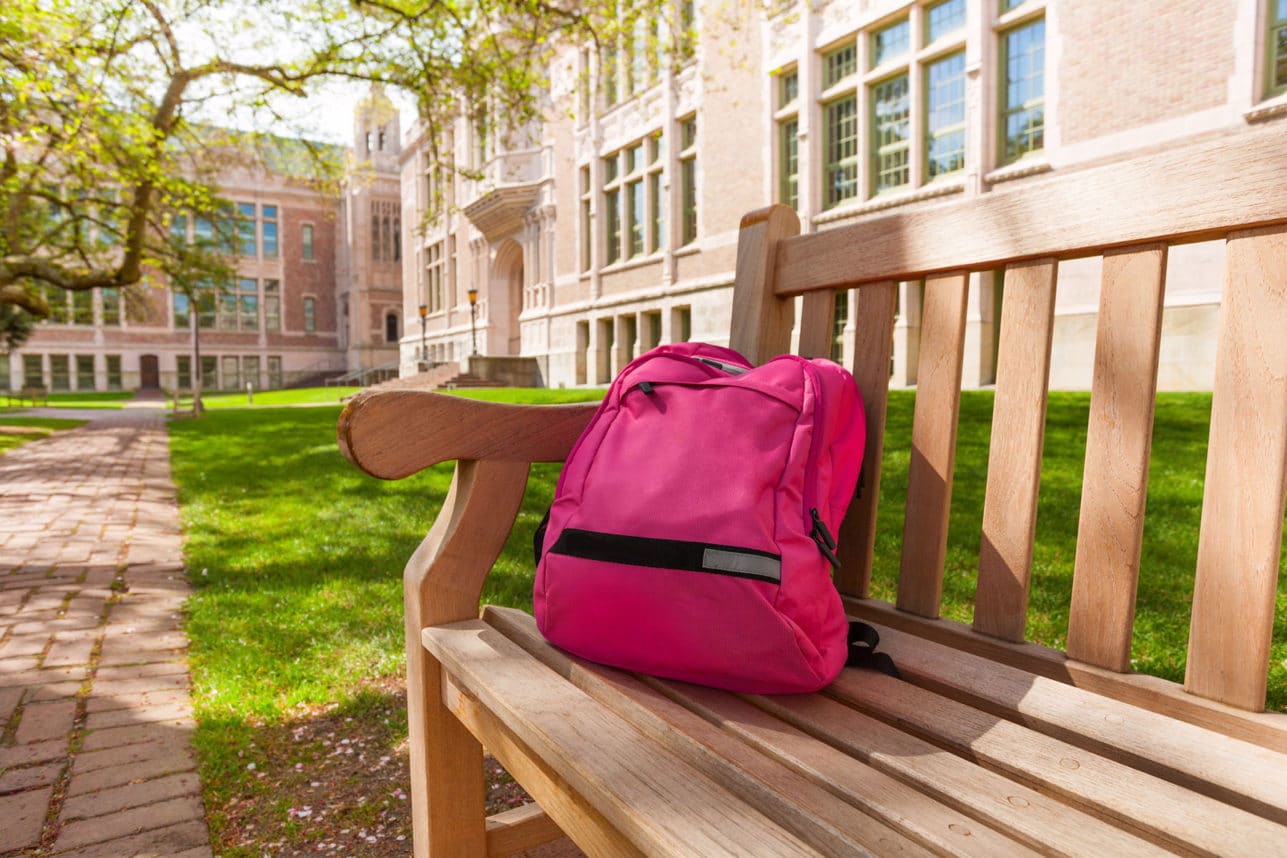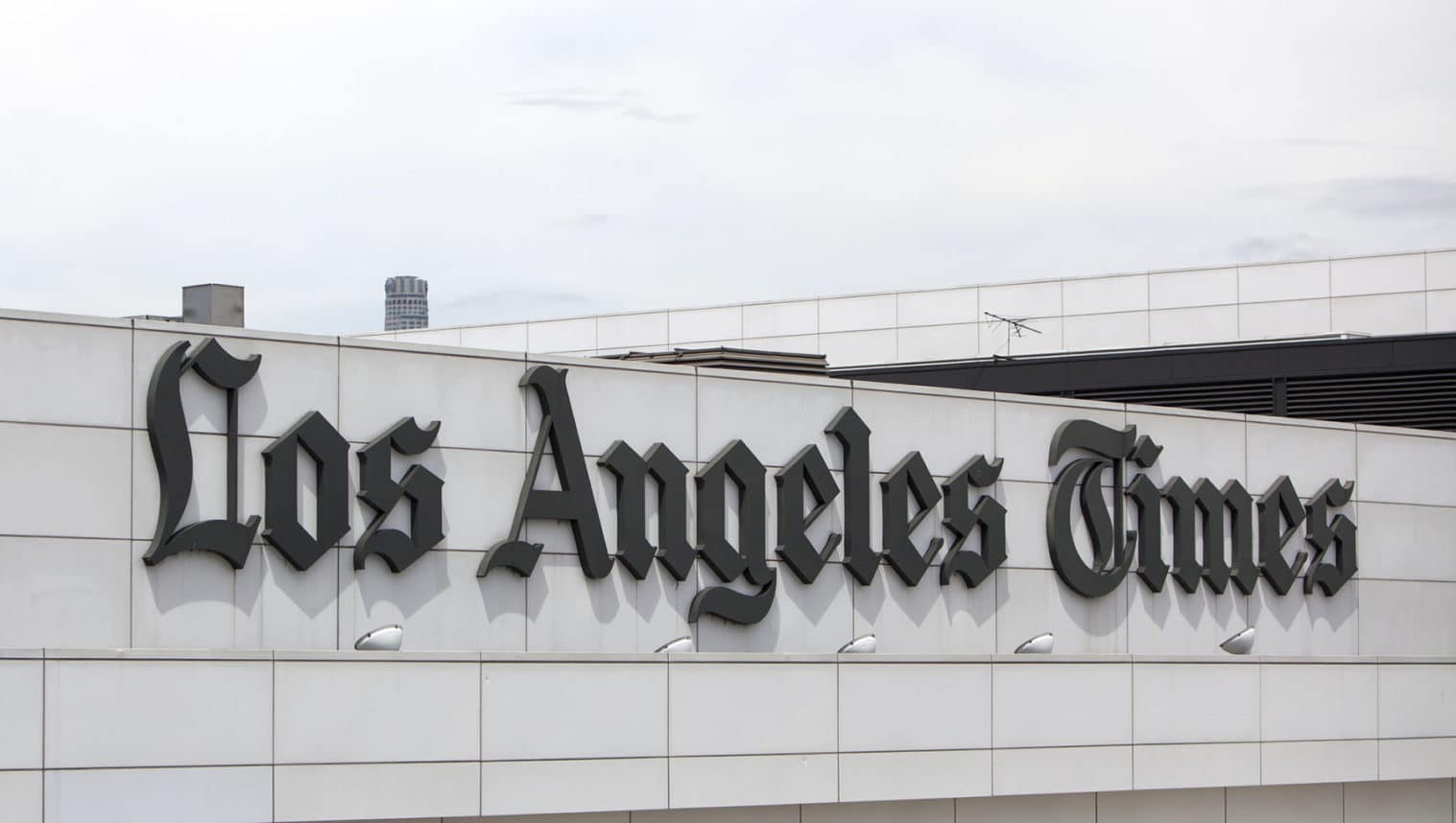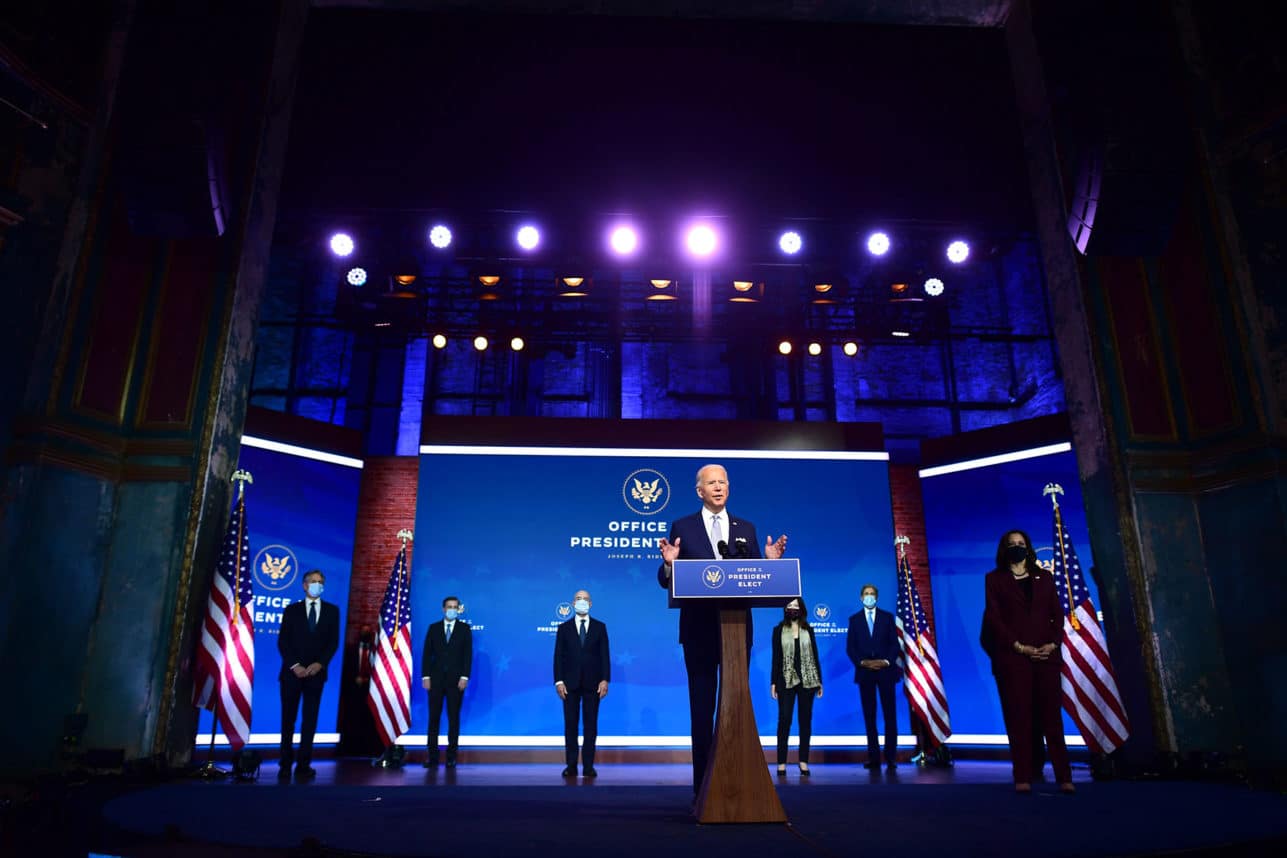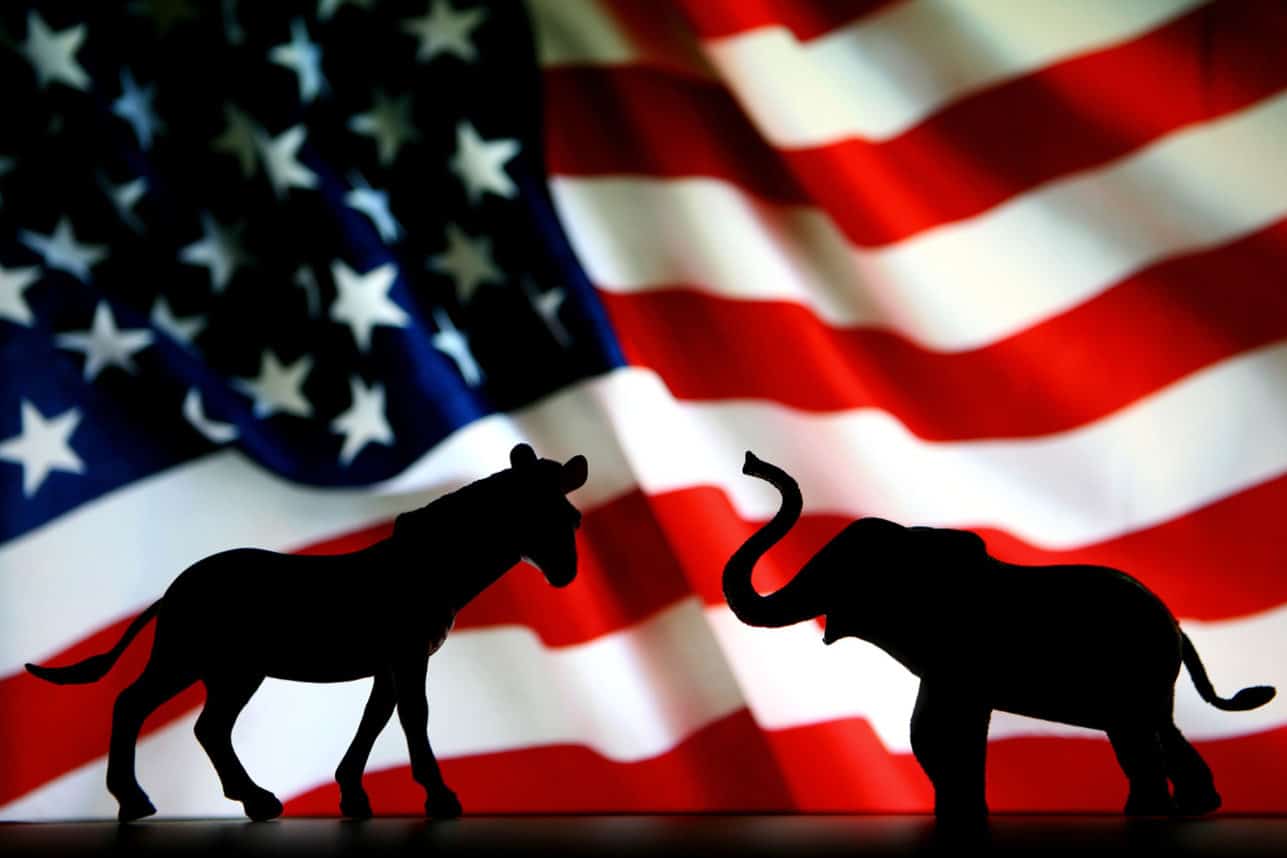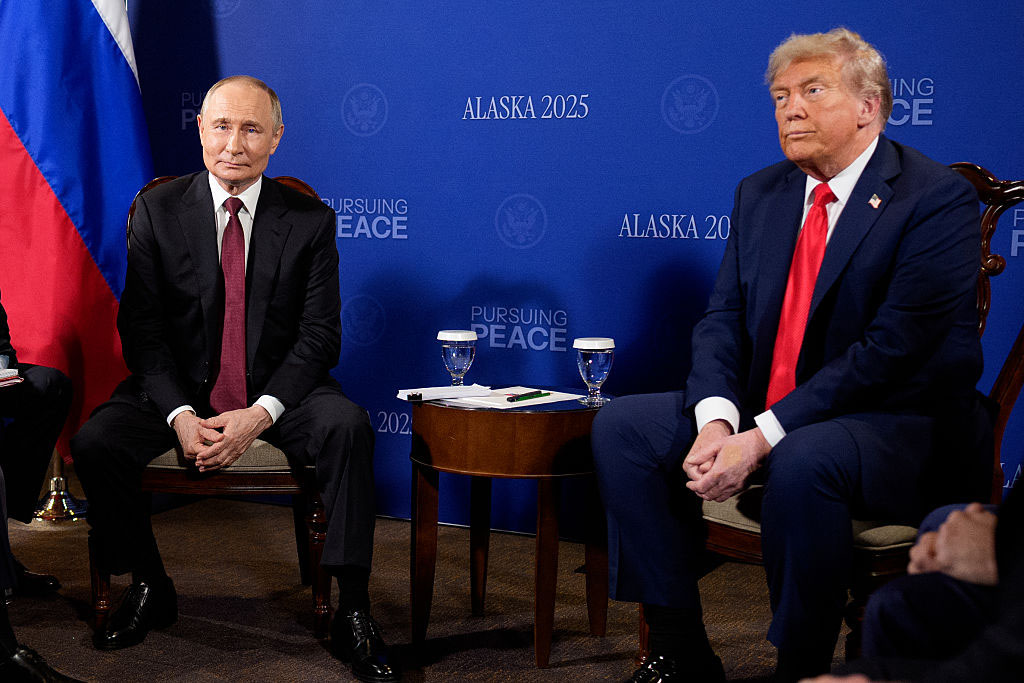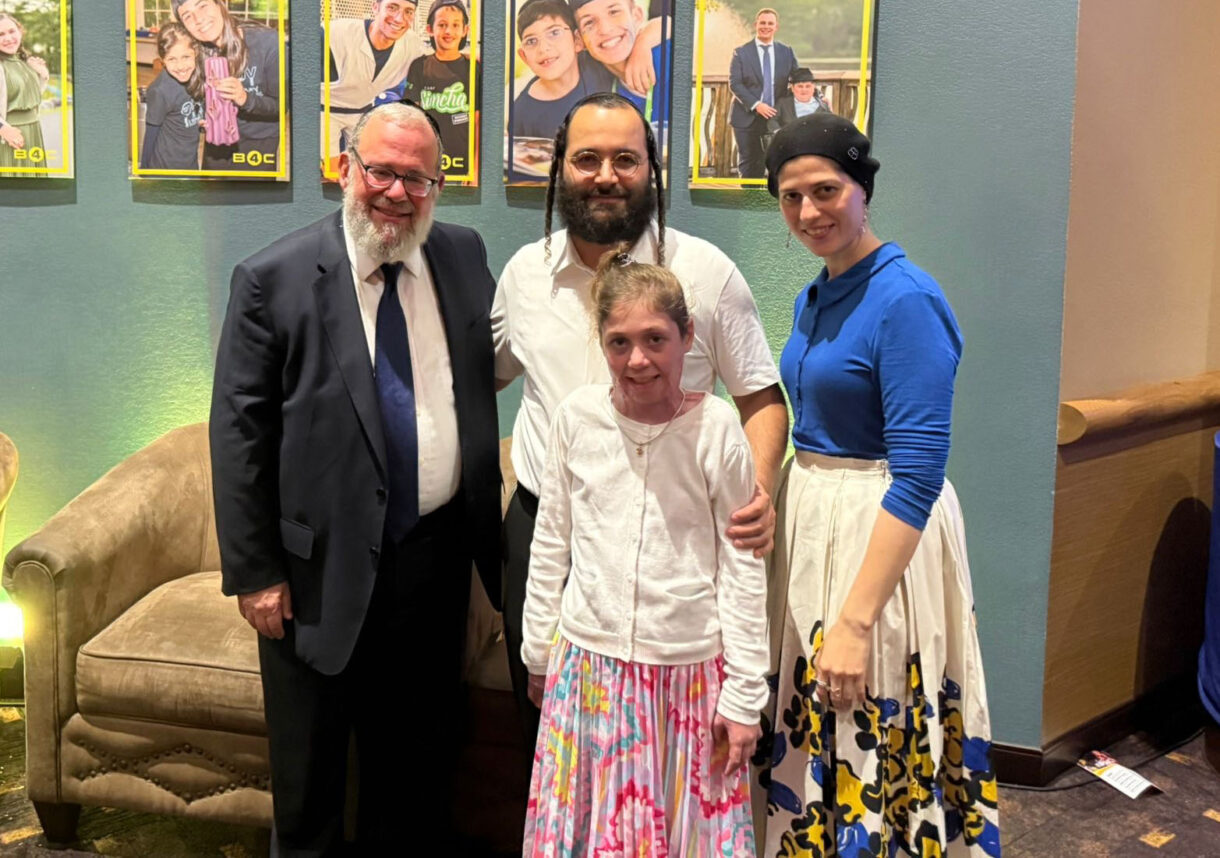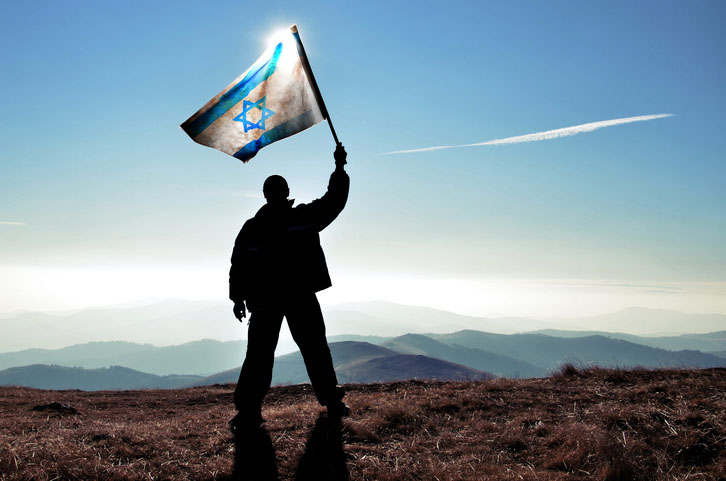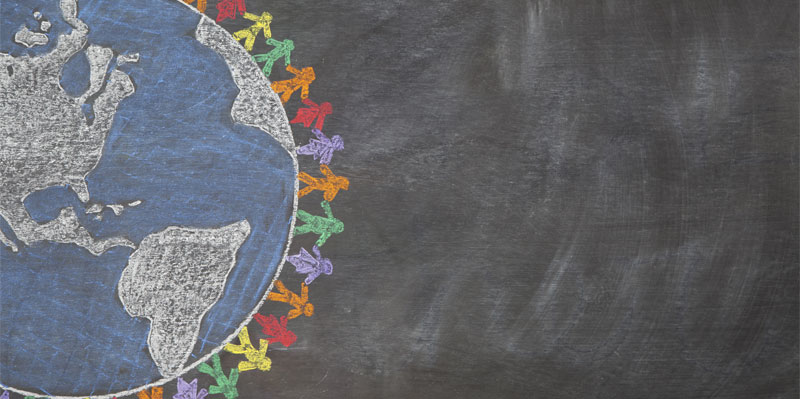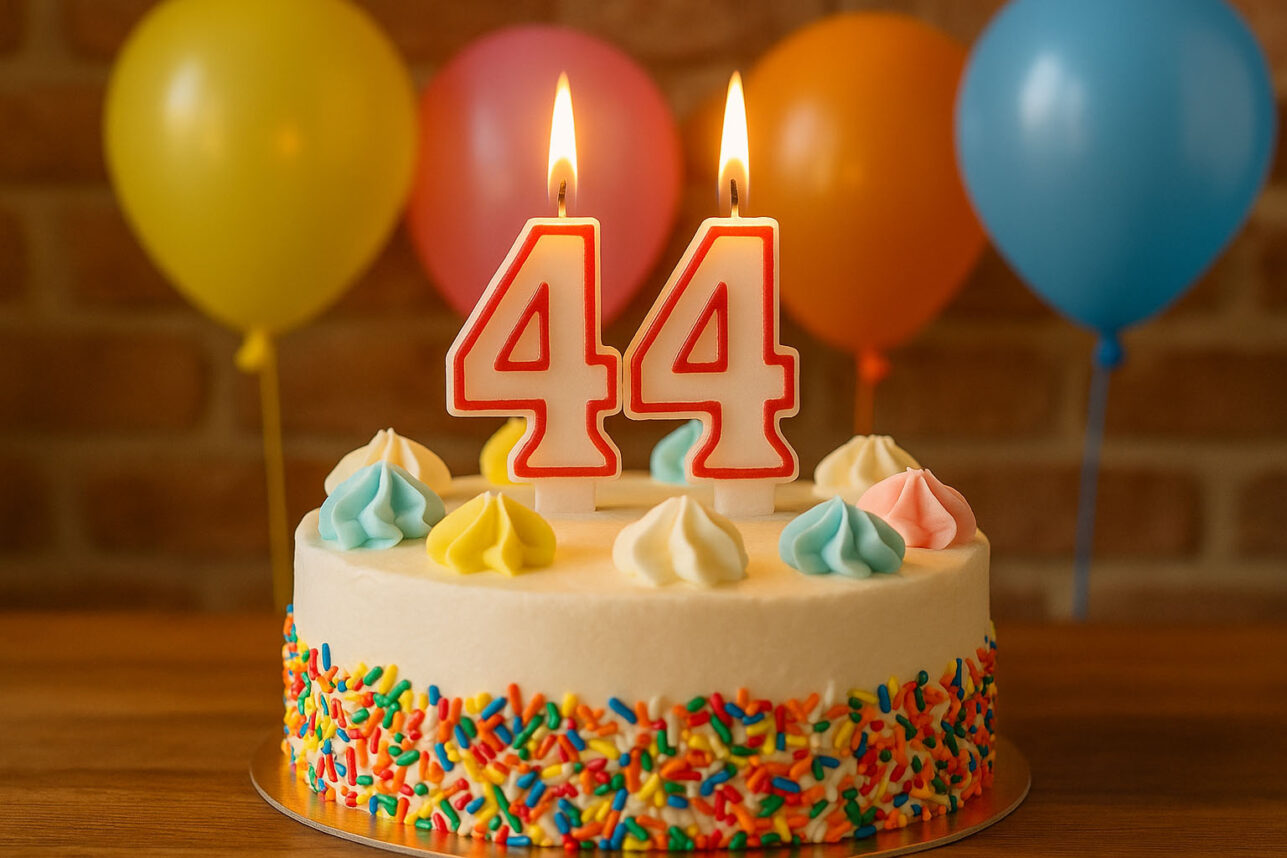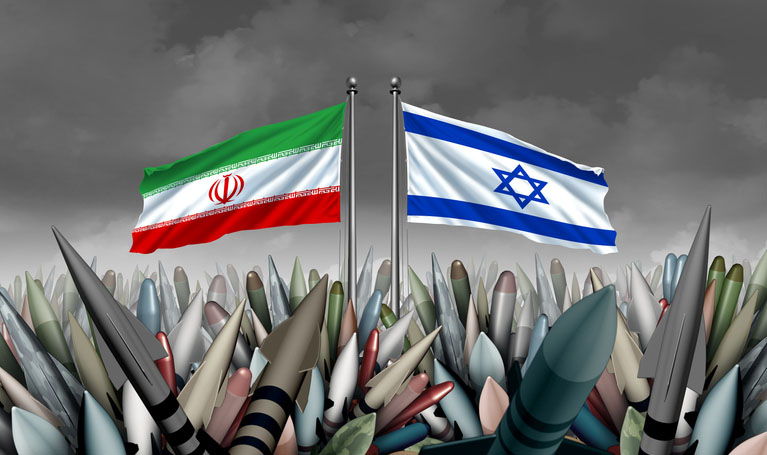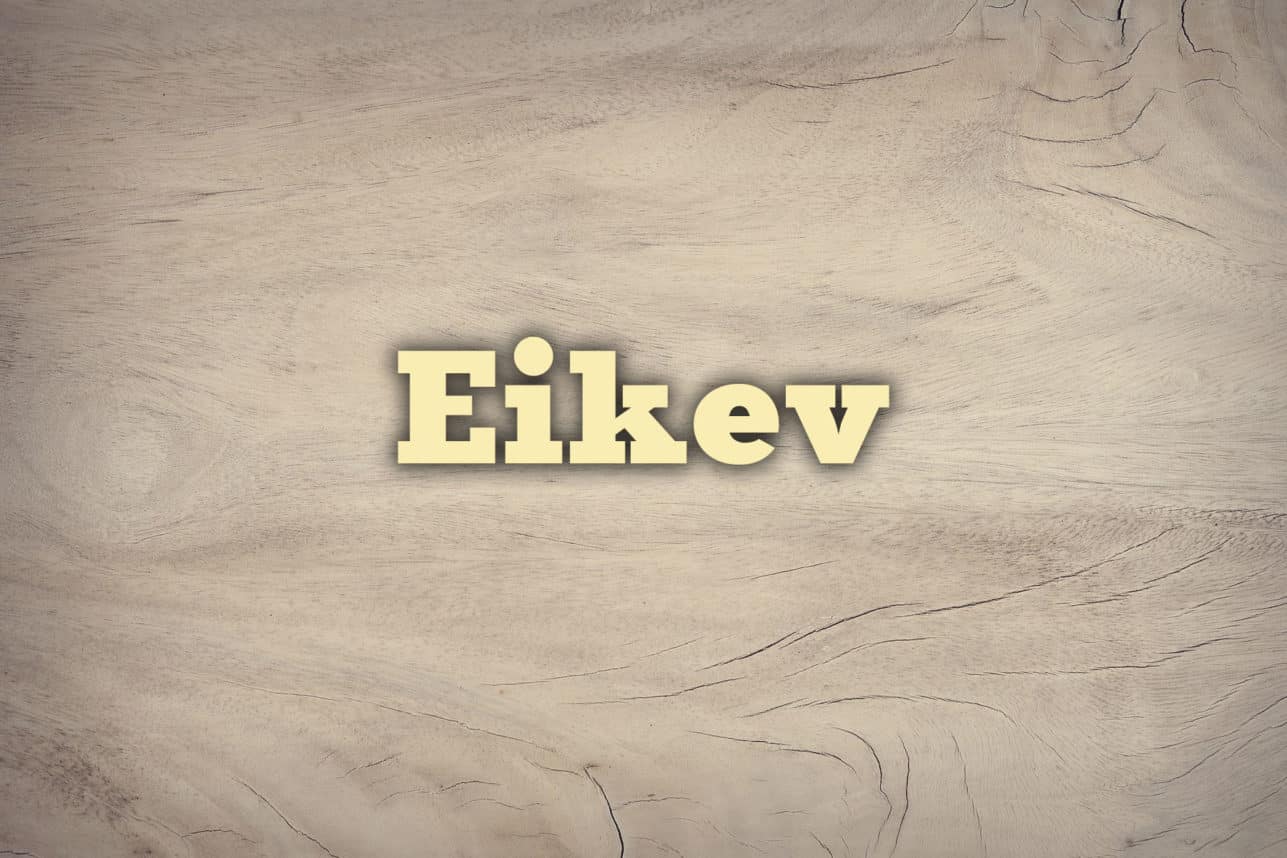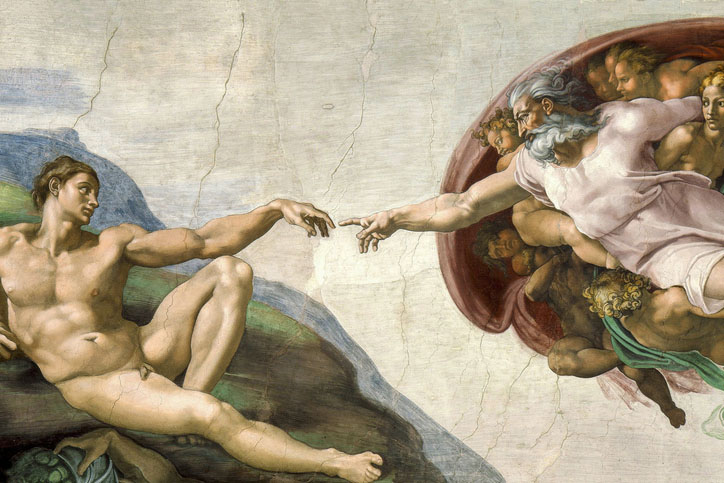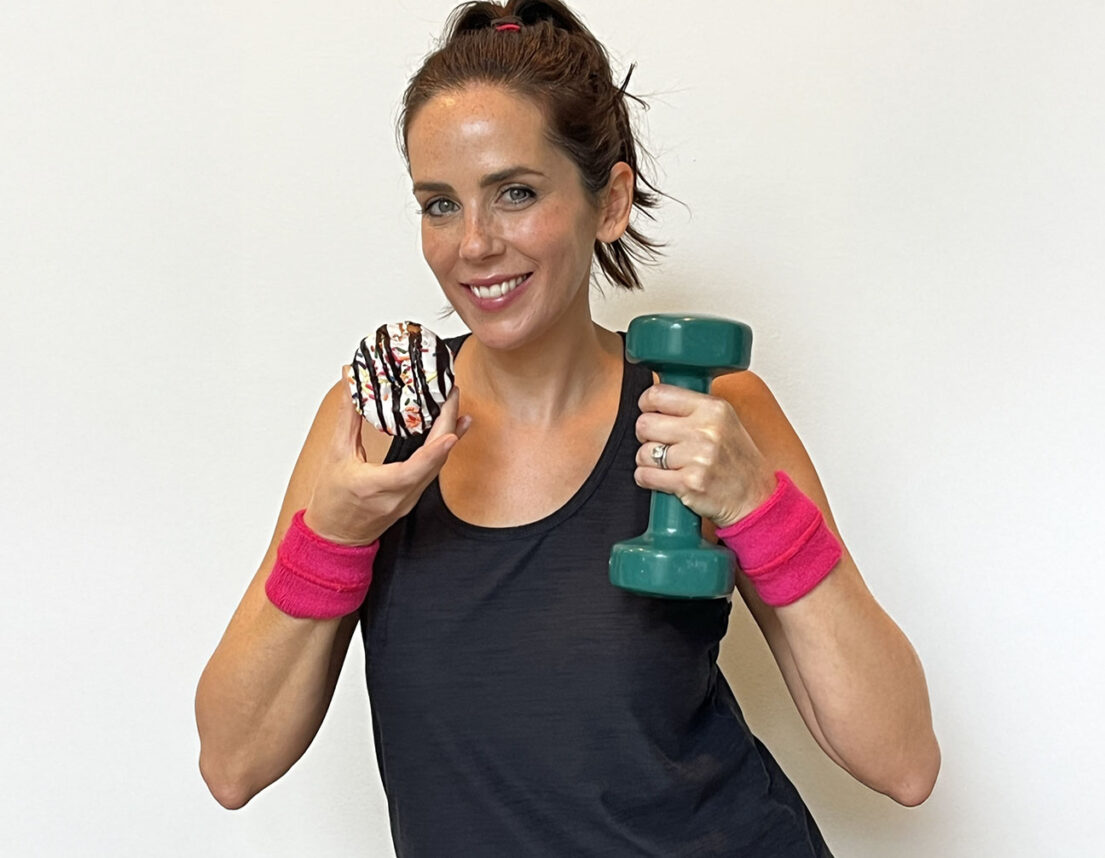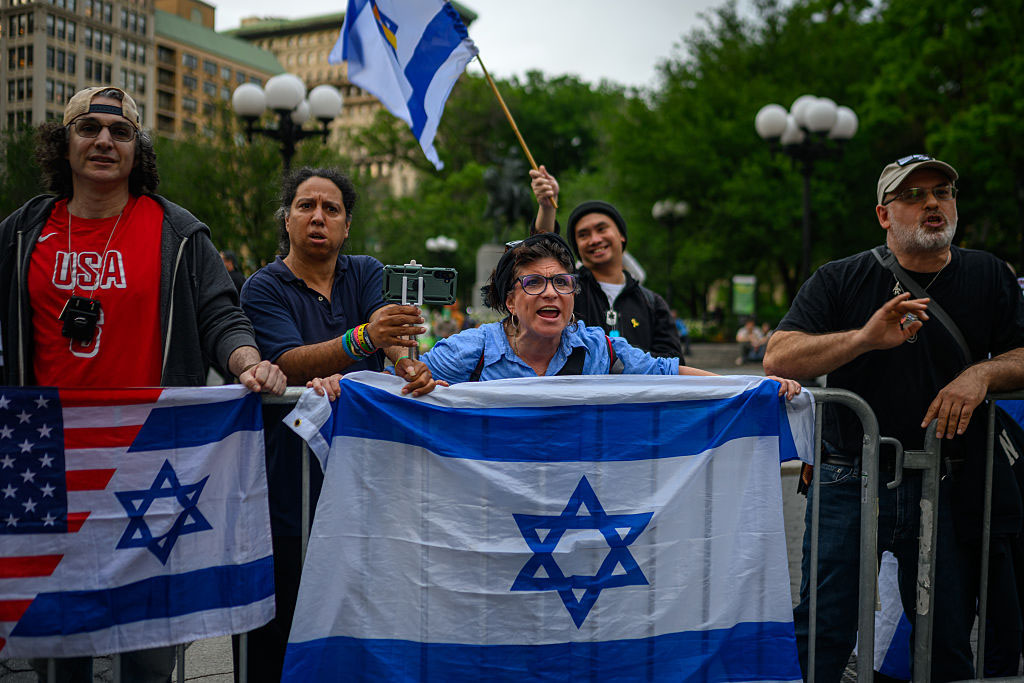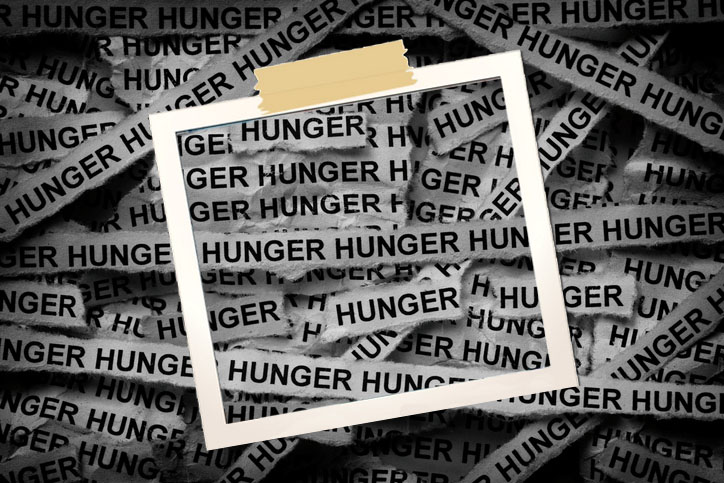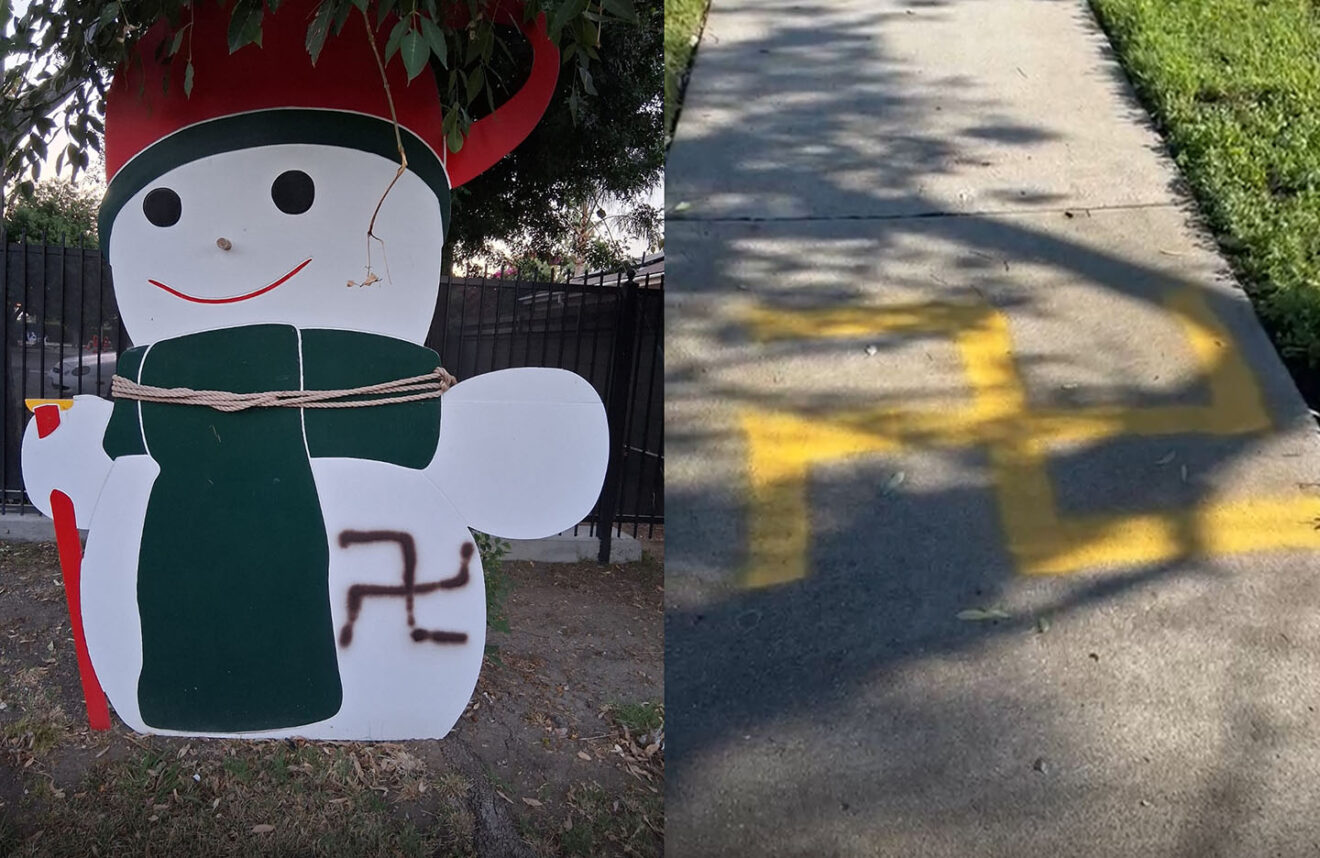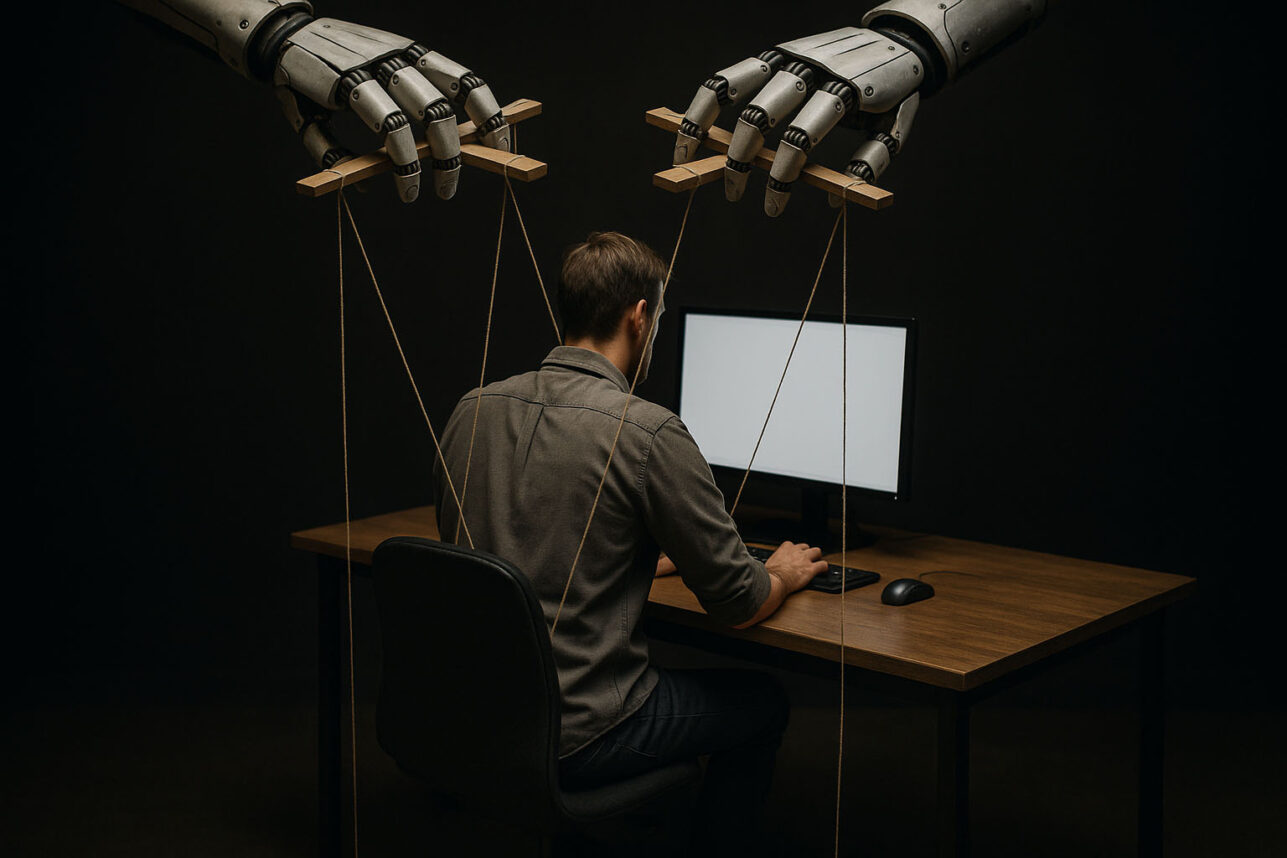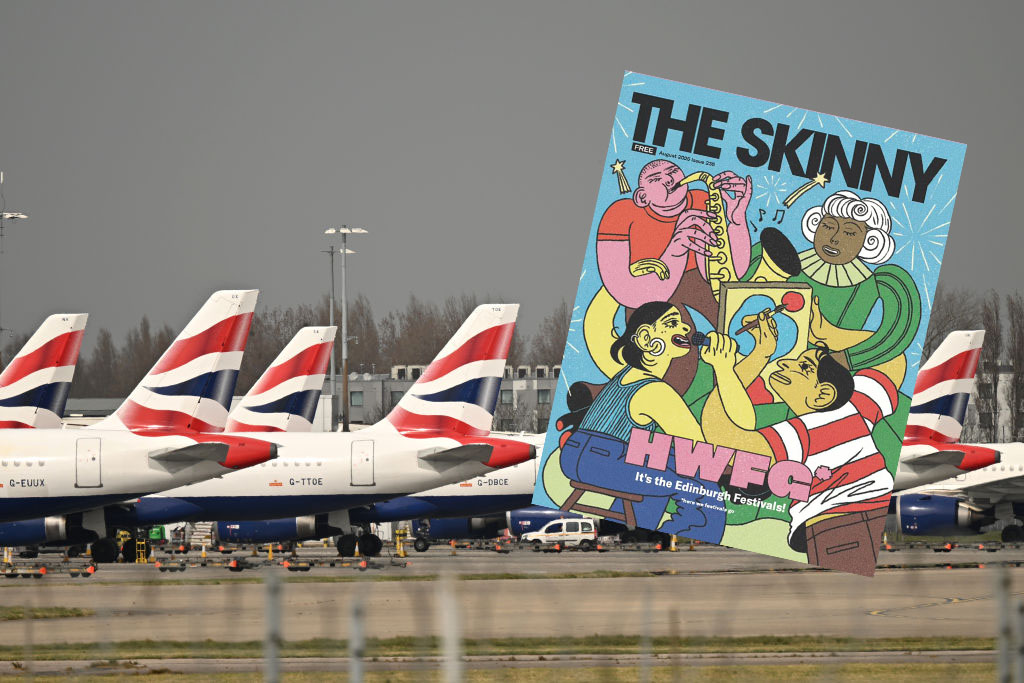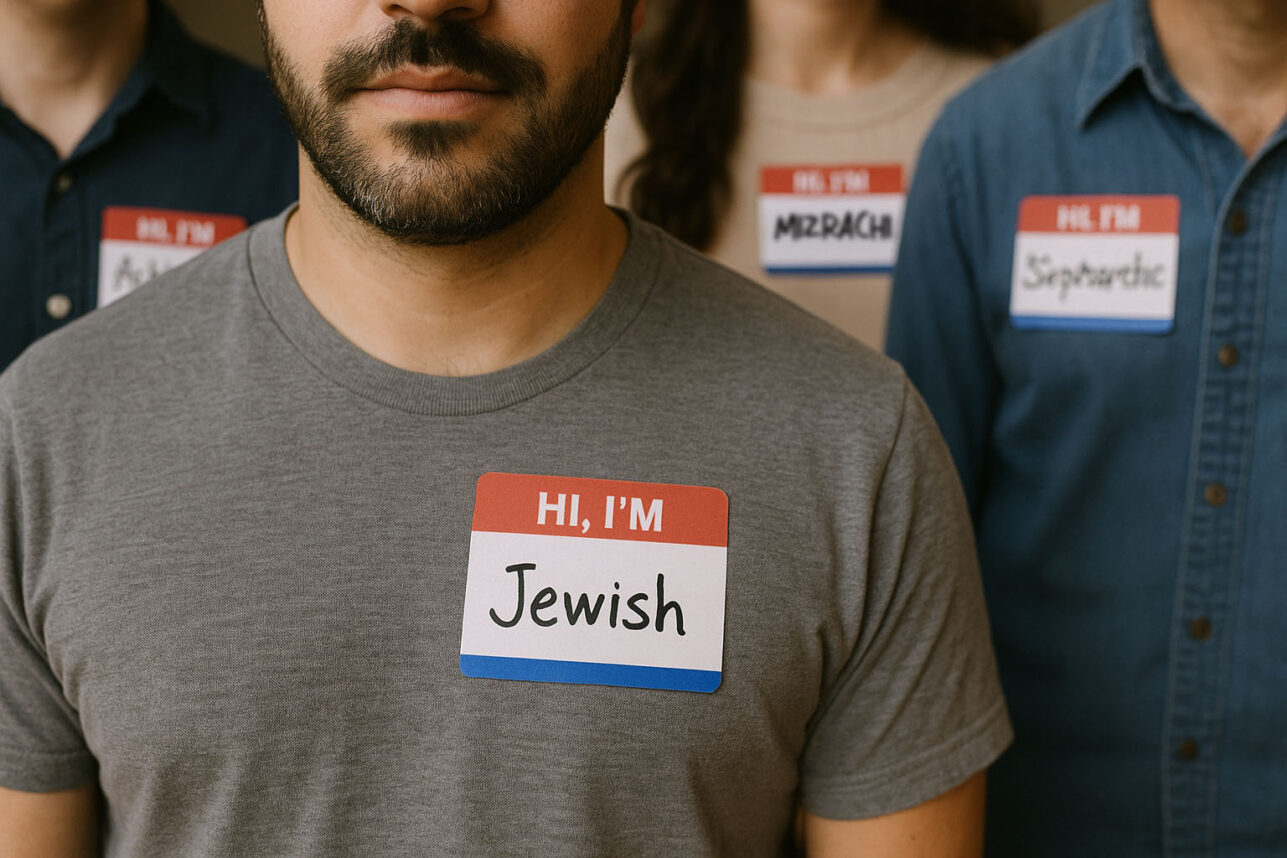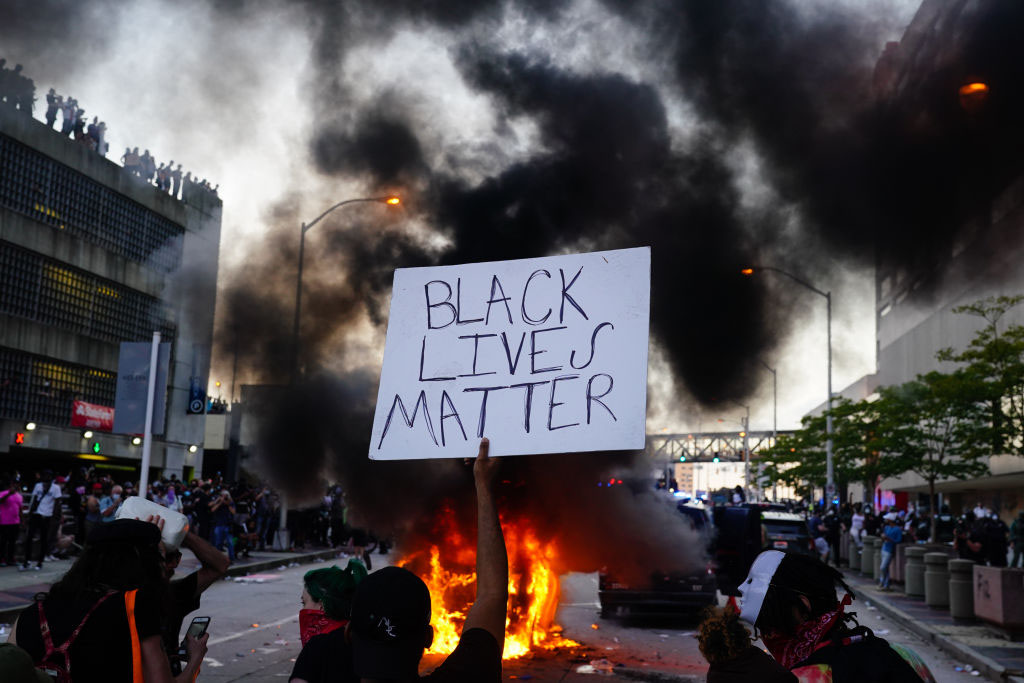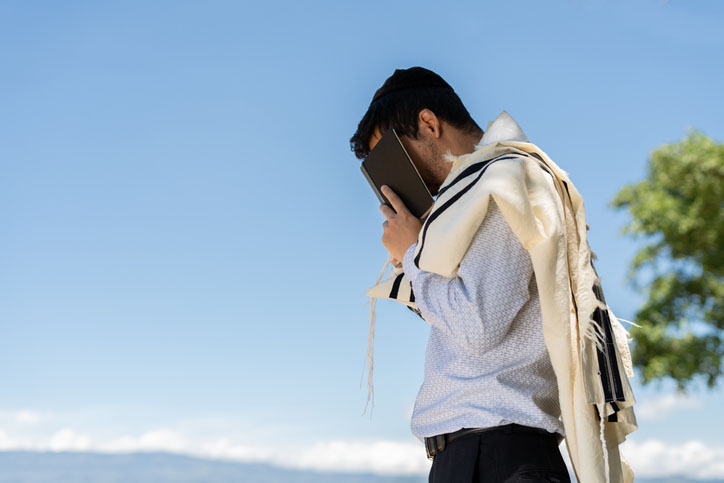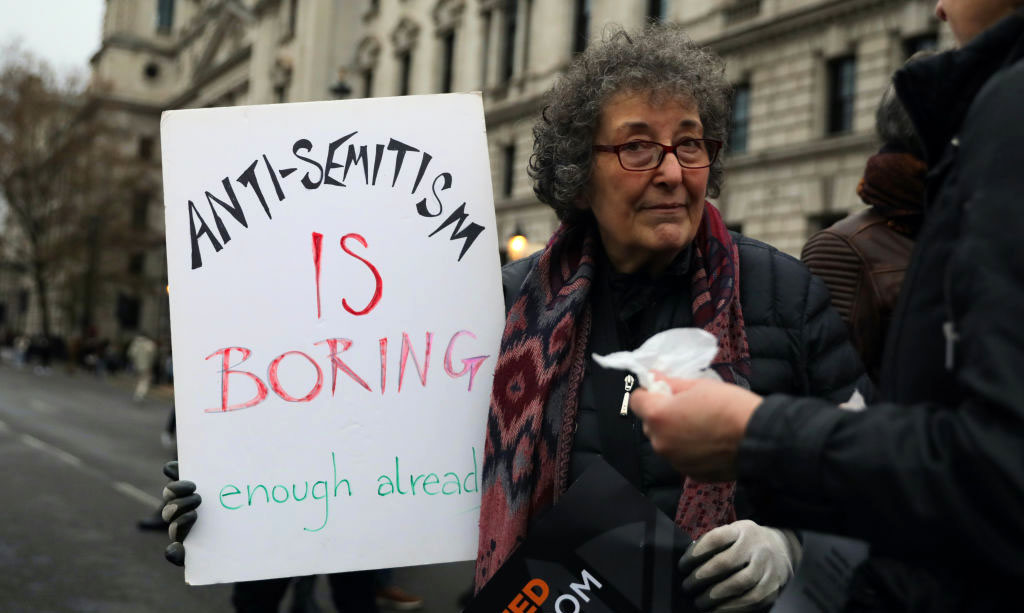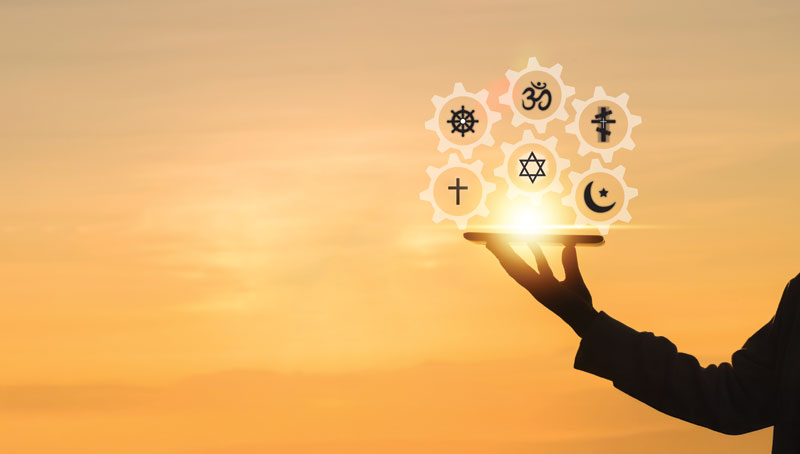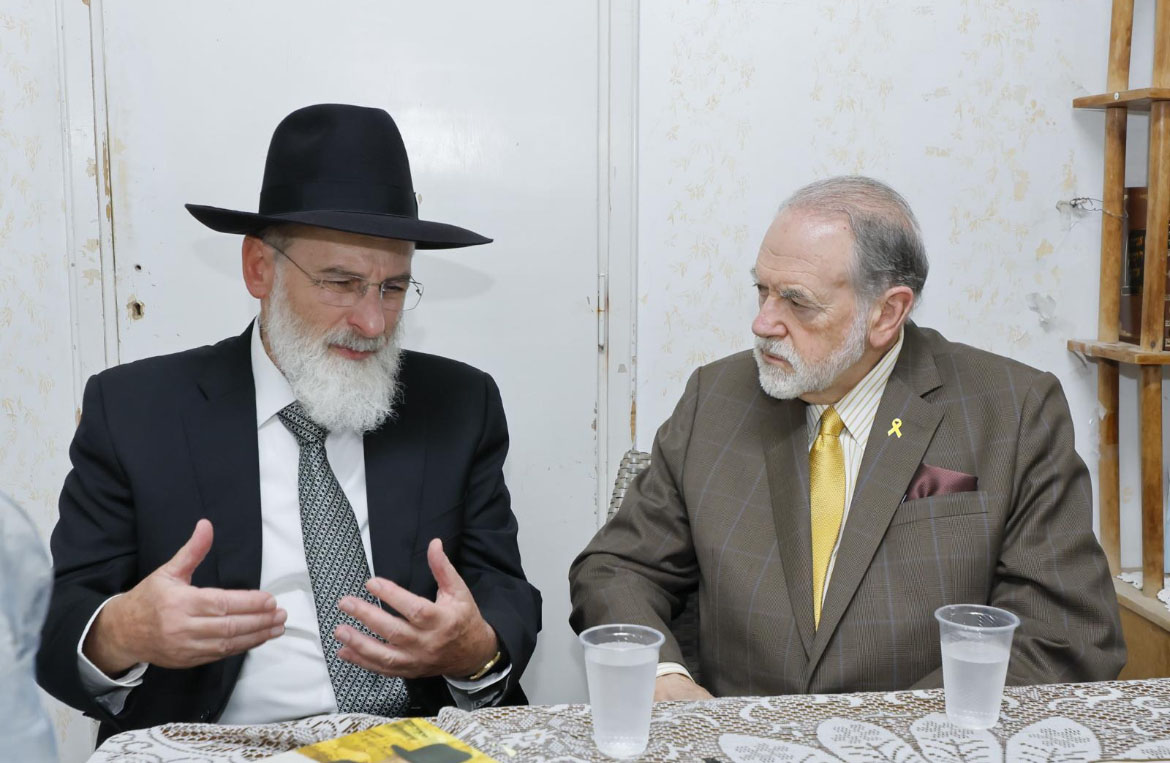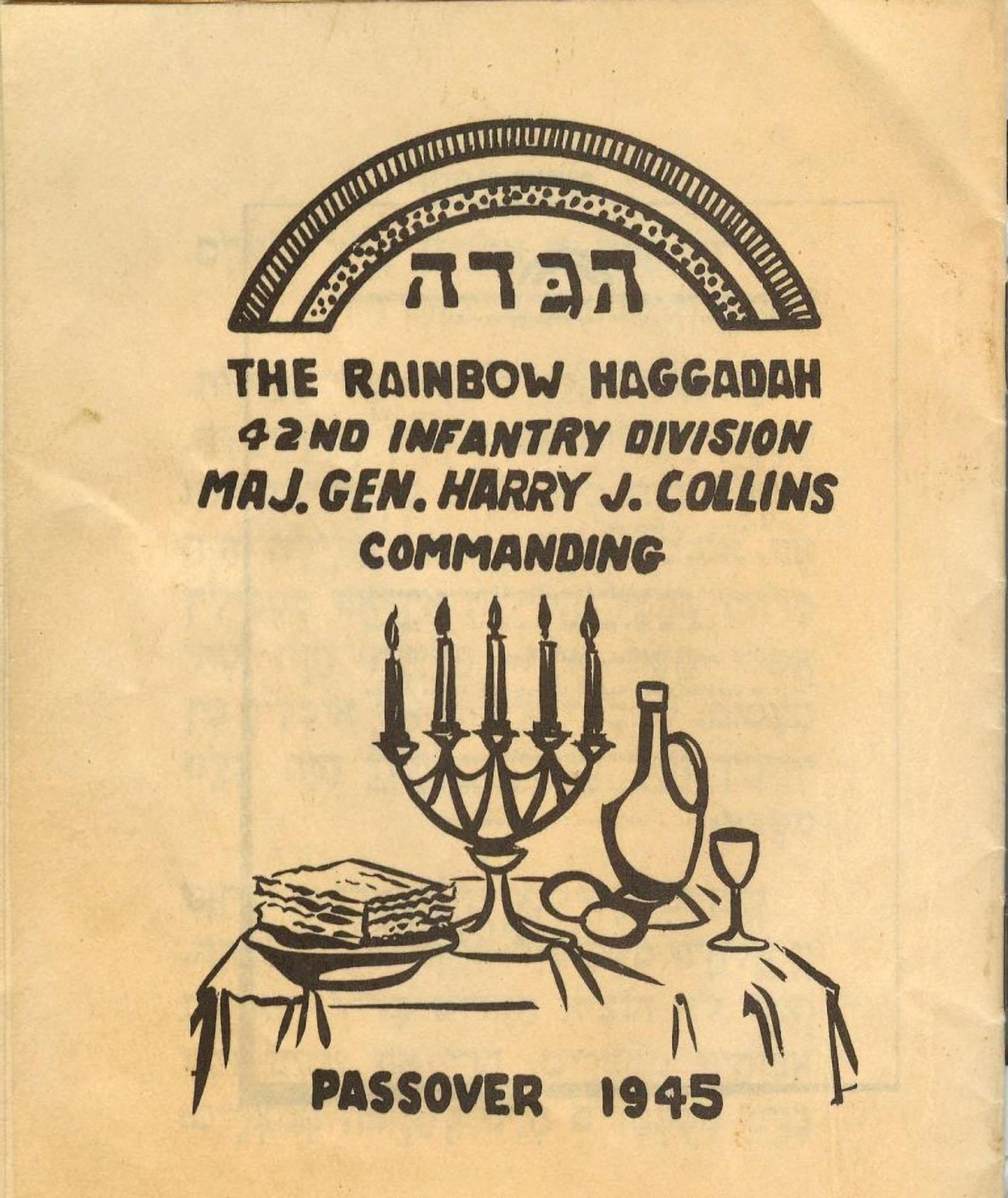
On March 26, 1945, the United States’ Major General Harry J. Collins sent a memo congratulating his troops on breaching the Siegfried Line, a German defensive position made up of tunnels, bunkers and tank traps 390 miles long. The Allies had been trying to break through the line since September of the previous year, an effort that had resulted in 8,000 American troops killed. Yet during the final 26-hour push, Collins’ forces suffered only light losses and took 3,500 Germans prisoner.
Collins’ men were the 42nd Infantry Division, a diverse bunch. Their unit had been nicknamed the “Rainbow Division” during World War I by then-Major Douglas MacArthur. Formed by members of 27 National Guard units from across the U.S., its fighters represented a quintessentially American unity-through-diversity that would “stretch over the whole country like a rainbow.”
Two days after their hard-fought victory, a member of that unit, the chaplain, Major Eli Bohnen, led a Passover seder.
It was conducted at 29 Adolf Hitler Strasse, in Dahn, Germany, in a school that had been used during the war as a Nazi meeting place. The local German mayor was ordered by the American troops to be sure to send a few locals to clean the place up in time for the holiday, and supplies and food were obtained from Northeastern France. As recounted in the biography of Chaplain Bohnen written by his son Michael, 750 American soldiers attended the meal celebrating the Festival of Freedom that evening.
In a letter composed the next day, the rabbi recounted with wonder how they had somehow, almost miraculously, obtained all the traditional Passover food. “We had a huge crowd and the men couldn’t believe the whole thing possible,” he wrote. “We had roast chicken, boiled potatoes … matzah, wine and tea. Also hard-boiled eggs, which was almost unbelievable since we eat powdered eggs most of the time … We also had horseradish, green onions, charoses and everything.”
The seder was even graced with the presence of a special guest. General Collins himself showed up. He gave, per Bohnen’s recollection, “a very fine talk. He introduced it by saying he thought something would be missing from the colors of the Rainbow if there were not a Jewish chaplain … Naturally, I was blushing all the time, as it was so unexpected … It was the happiest day of the whole war for almost everybody there.”
The second night, a smaller seder was held in a German community center. This time, the guest was a statue. A prominent bust of Hitler stood motionless on a nearby pedestal. The American soldiers had painted his eyes to look cross-eyed.
To mark the occasion, Bohnen printed a thousand copies of a “Rainbow Haggadah.” While it wasn’t ready in time for the festivities due to a faulty electric generator powering the printer, copies were soon thereafter handed to every Jew in the division. The soldiers had prepped and cleaned the printing press using some Nazi flags that had been left behind.
The special edition contained a note from Collins, likely ghostwritten by Bohnen himself. It read:
“To my Jewish soldiers,
The celebration of Passover should have unusual significance for you at this time, for like your ancestors of old, you too are engaged in a battle against a modern Pharaoh. This Pharaoh has sought, not only to enslave your people, but to make slaves of the whole world. God grant that victory for us will make it possible for you to celebrate the next Passover with your loved ones at home, in a world you helped make free.”
Eighty years after the Rainbow Haggadah’s printing and the seder conducted on Hitler Street, the Passover story remains, for both the Jewish community and freedom-seekers worldwide, a profound inspiration as today’s Pharaohs continue to be fought.
Rabbi Dr. Stuart Halpern is Senior Adviser to the Provost of Yeshiva University and Deputy Director of Y.U.’s Straus Center for Torah and Western Thought. His books include “The Promise of Liberty: A Passover Haggada,” which examines the Exodus story’s impact on the United States, “Esther in America,” “Gleanings: Reflections on Ruth” and “Proclaim Liberty Throughout the Land: The Hebrew Bible in the United States.”


